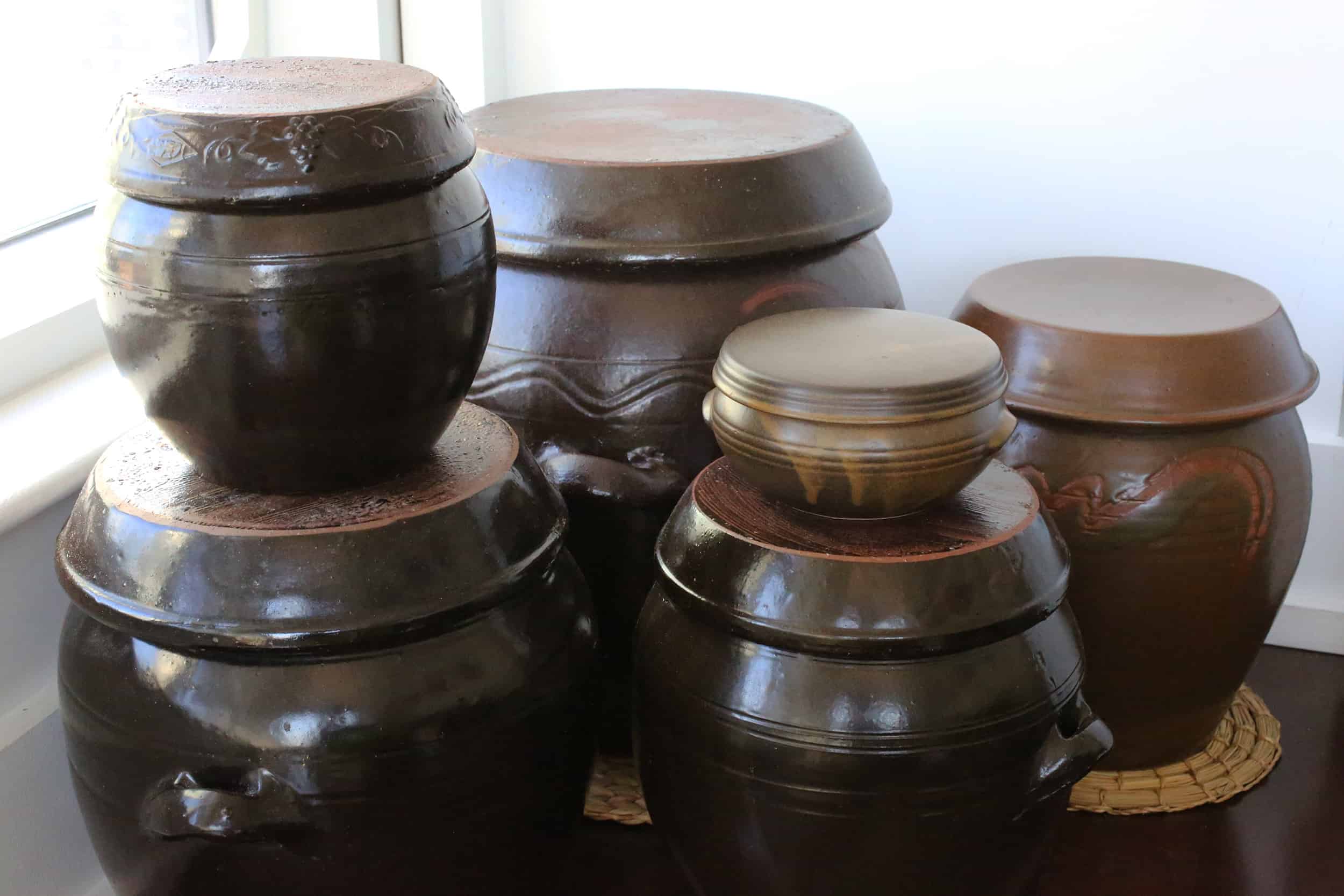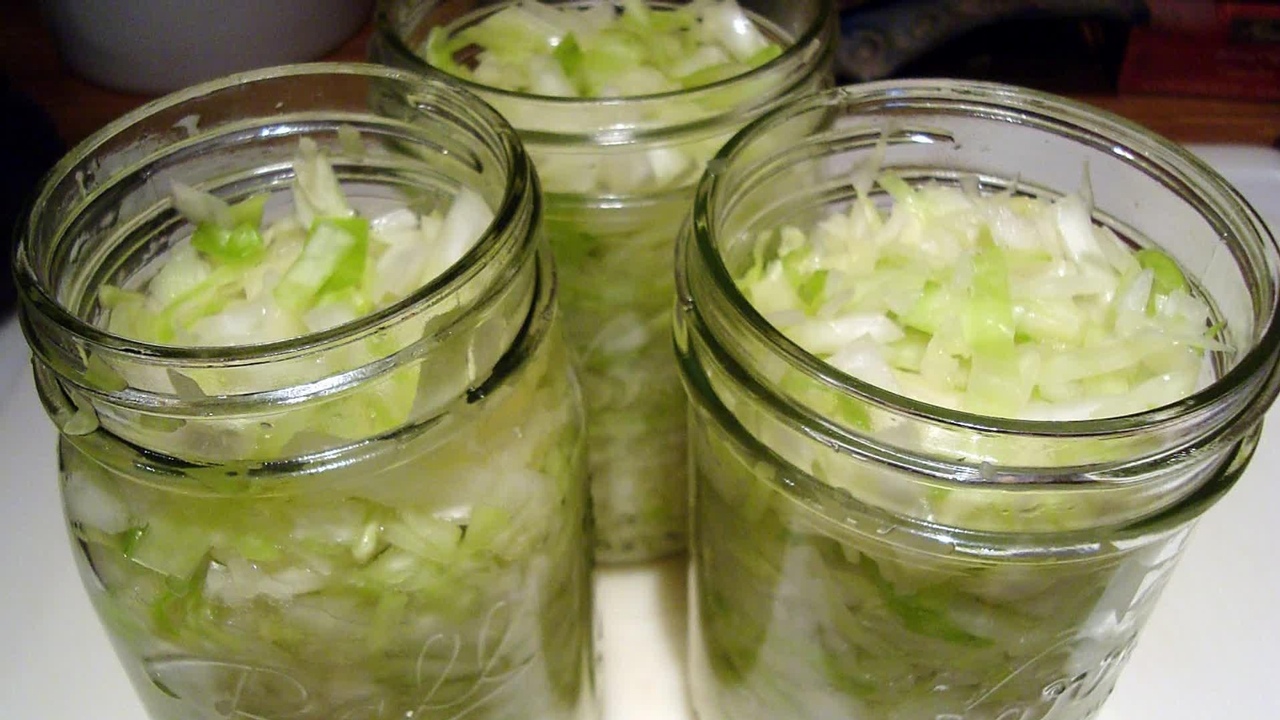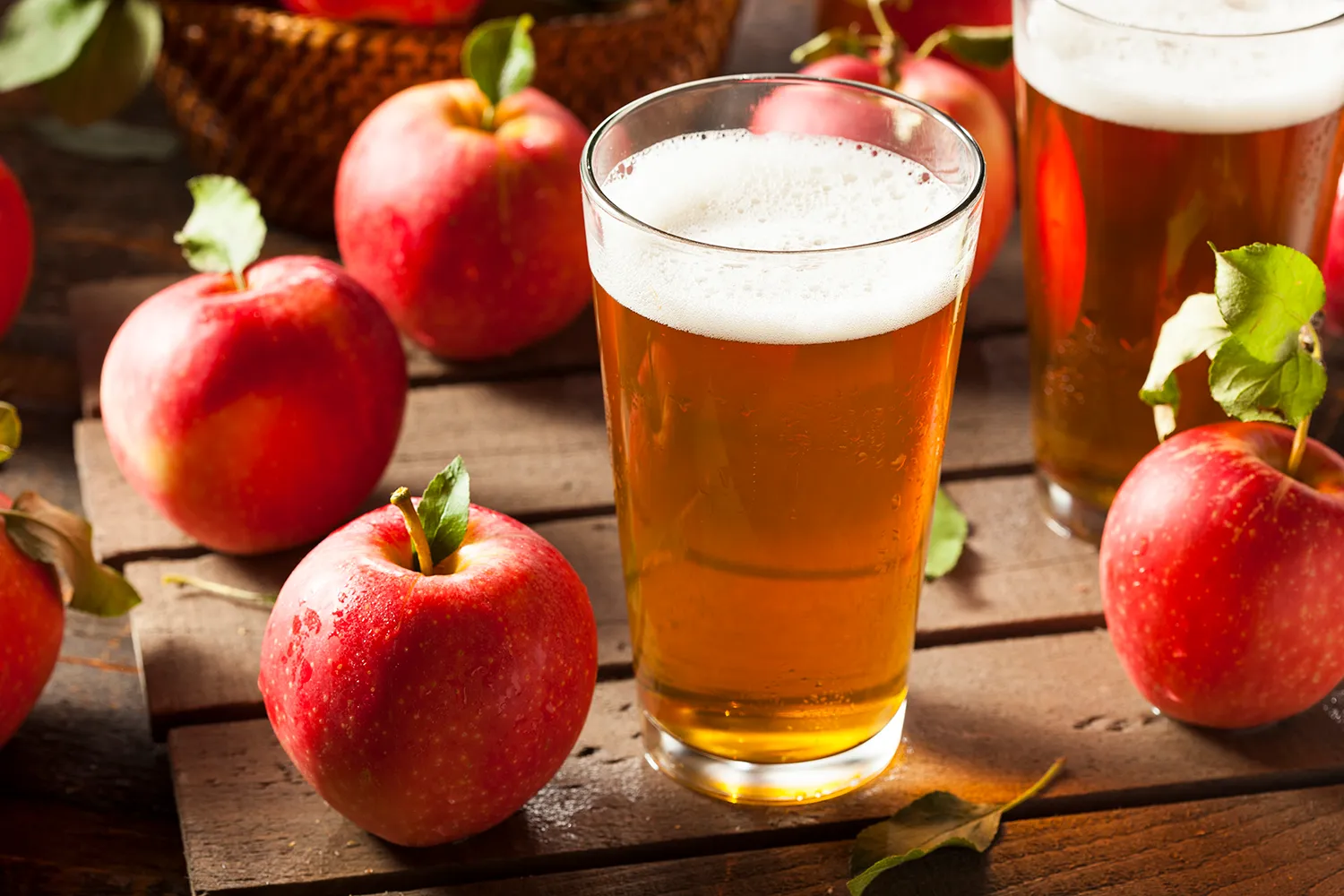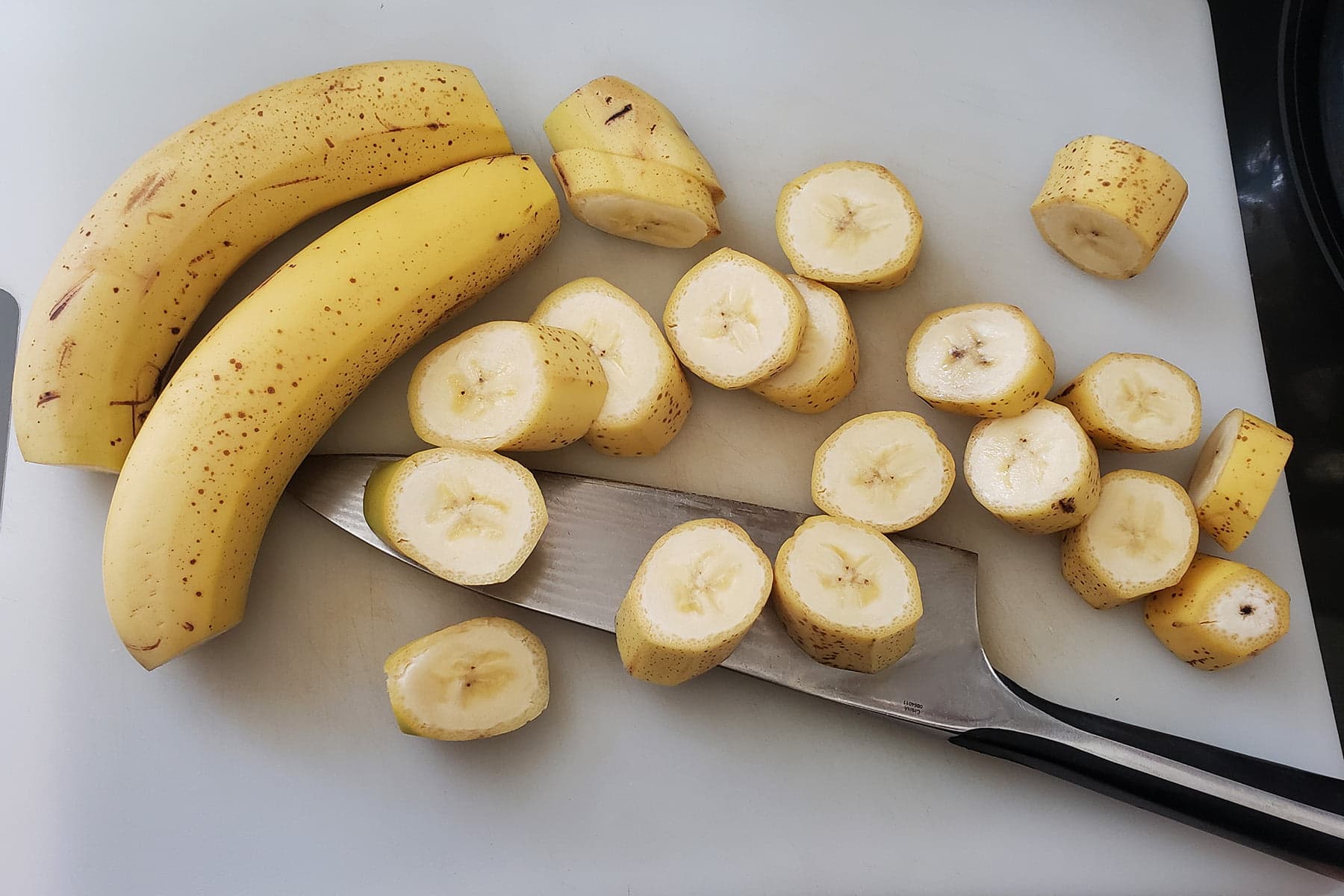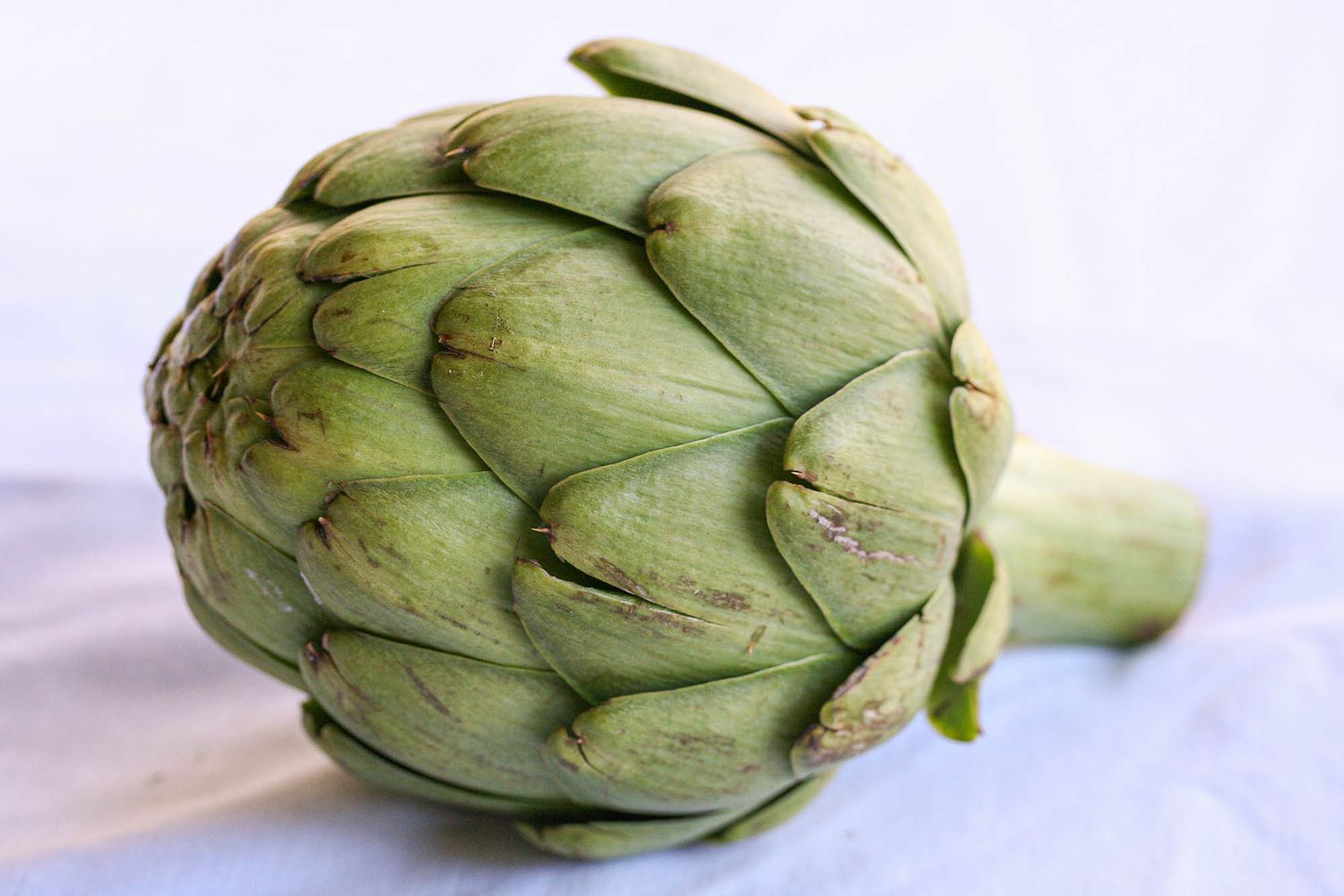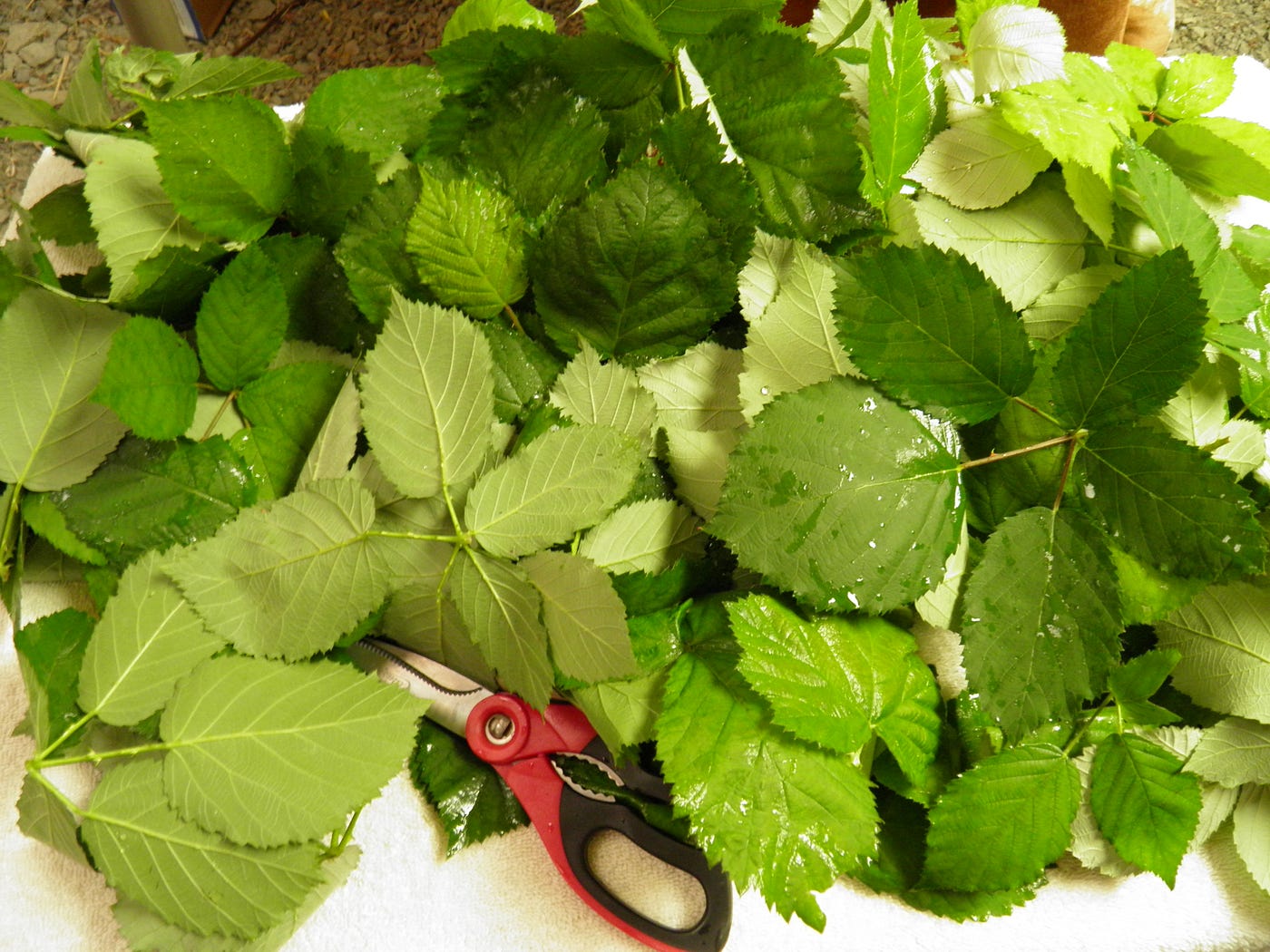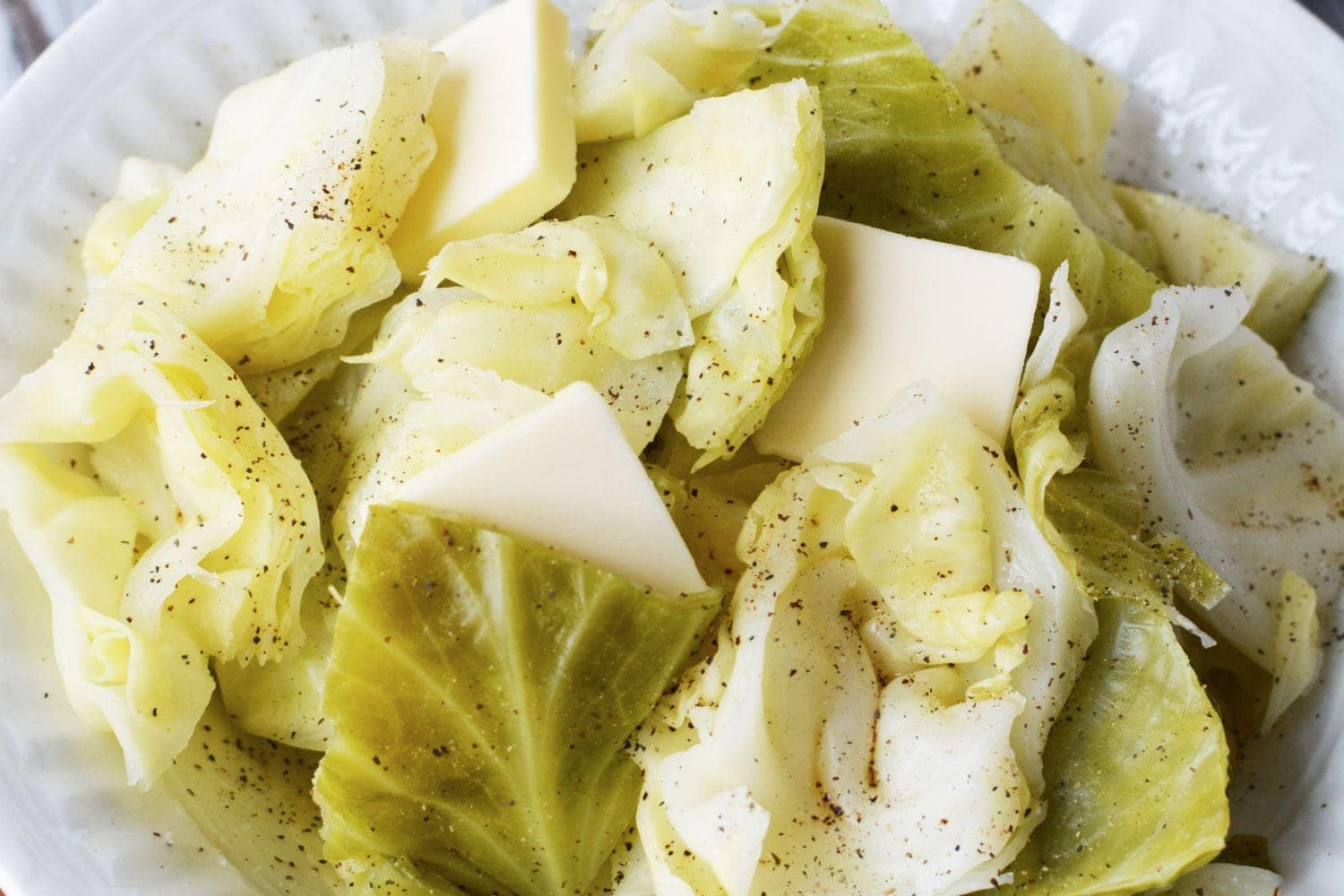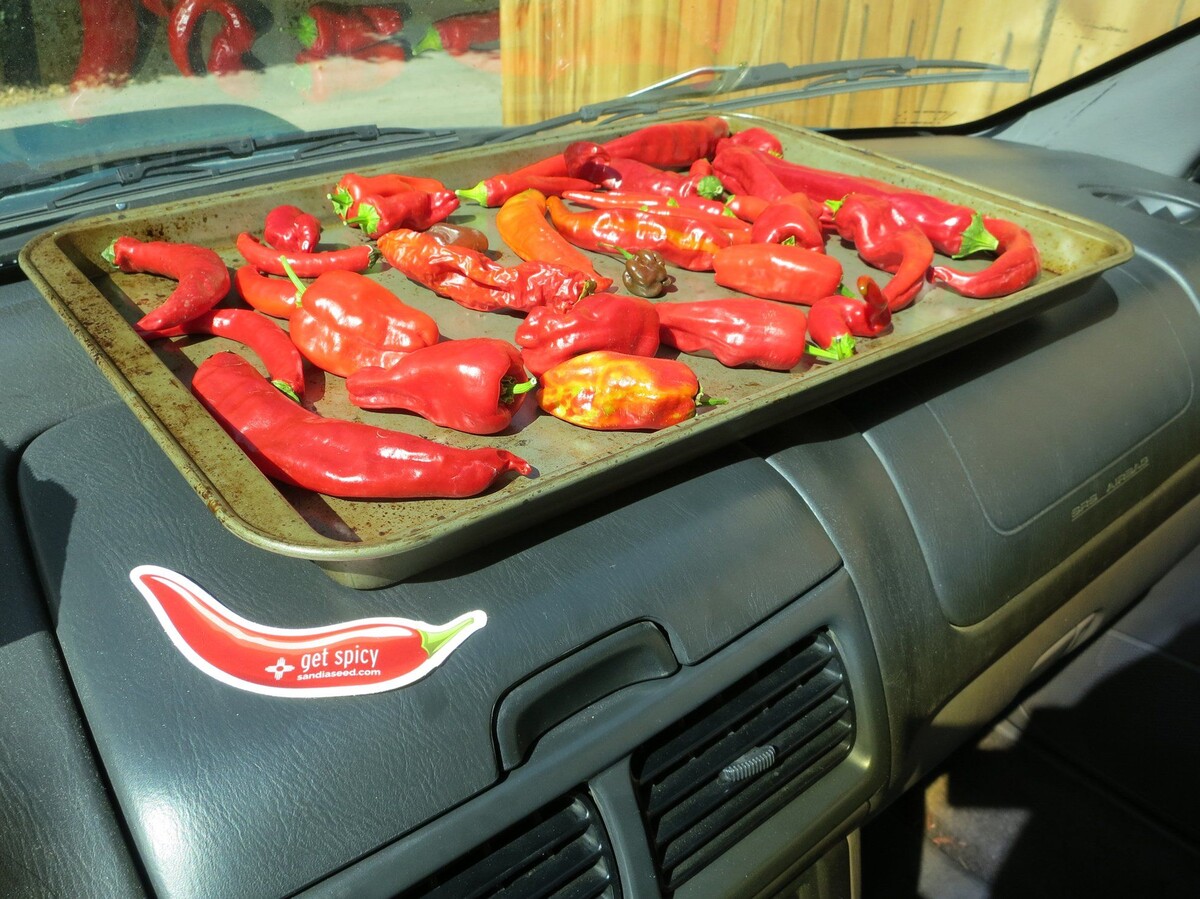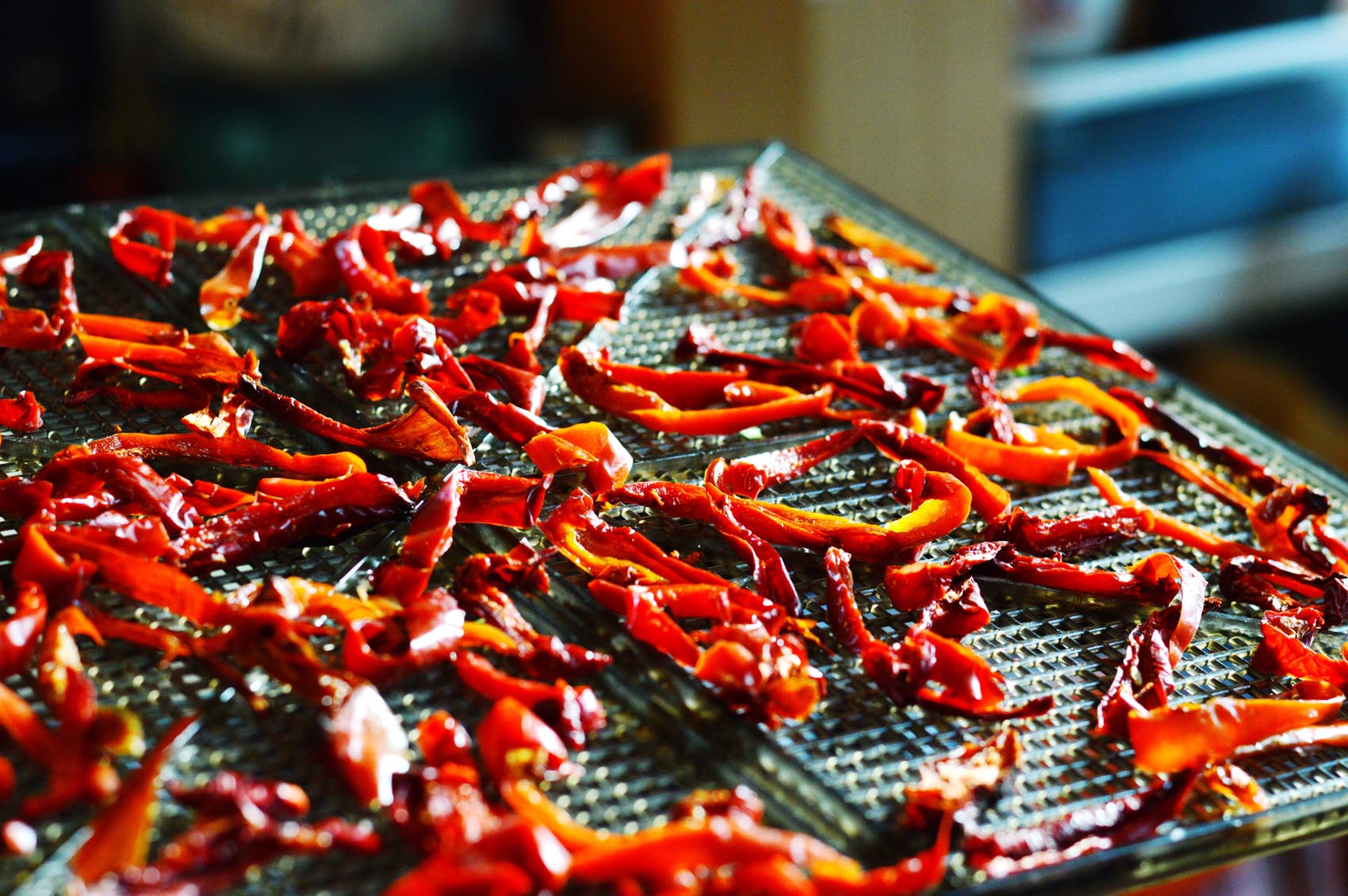Introduction to Fermenting Apples
Are you looking for a creative way to preserve your apples and enjoy their goodness all year round? Fermenting apples is a simple and delicious way to do just that. Not only does it extend the shelf life of the apples, but it also enhances their flavor and adds beneficial probiotics to your diet. In this article, we will explore the step-by-step process of fermenting apples at home.
Choosing the Right Apples
When it comes to fermenting apples, it’s important to choose the right variety. Crunchy, juicy apples with a slightly tart flavor work best for fermentation. Some popular choices include Granny Smith, Honeycrisp, and Pink Lady apples. Make sure the apples are fresh and free from any bruises or blemishes.
Preparing the Apples
Before you start the fermentation process, it’s important to properly prepare the apples. Here’s what you need to do:
- Wash the apples thoroughly to remove any dirt or residue.
- Core the apples and cut them into small, uniform pieces.
- Place the apple pieces in a clean, sterilized glass jar, leaving some space at the top.
Creating the Fermentation Brine
The next step is to create a brine that will kickstart the fermentation process. Here’s a simple recipe for a basic fermentation brine:
- 1 quart of water
- 1 ½ tablespoons of sea salt
- 1 tablespoon of raw honey
Stir the ingredients together until the salt and honey are completely dissolved. Pour the brine over the apples, making sure they are fully submerged. Leave about an inch of space between the brine and the top of the jar.
Fermenting the Apples
Once the apples are submerged in the brine, it’s time to start the fermentation process. Here’s what you need to do:
- Cover the jar with a clean cloth and secure it with a rubber band.
- Place the jar in a cool, dark place, away from direct sunlight.
- Let the apples ferment for about 1-2 weeks, depending on the desired level of tanginess.
Enjoying Your Fermented Apples
After the fermentation period is complete, your apples are ready to be enjoyed! Here are a few ways to incorporate fermented apples into your diet:
- Enjoy them as a snack on their own.
- Add them to salads for a tangy twist.
- Blend them into a smoothie for a probiotic boost.
- Use them as a topping for oatmeal or yogurt.
Conclusion
Fermenting apples is a fun and rewarding way to preserve this delicious fruit while adding a dose of gut-friendly probiotics to your diet. With a few simple steps, you can enjoy the tangy, flavorful goodness of fermented apples all year round. So why not give it a try and elevate your apple game to a whole new level!
Fermenting apples opens up a whole new world of flavors and textures. Readers can try making Fermented Apple Chutney, a delightful addition to any cheese board or roasted meat. The Fermented Apple Cider Vinegar offers a tangy, homemade touch to salads and dressings. For a cozy breakfast, the Fermented Apple and Cinnamon Oatmeal brings a warm and comforting start to the day. Fermented Apple and Ginger Kombucha is a refreshing drink packed with probiotics. Lastly, Fermented Apple Barbecue Sauce offers a unique twist to your grilling sessions, adding depth and complexity to your favorite meats.
Was this page helpful?
Read Next: How To Ferment Broccoli And Cauliflower
